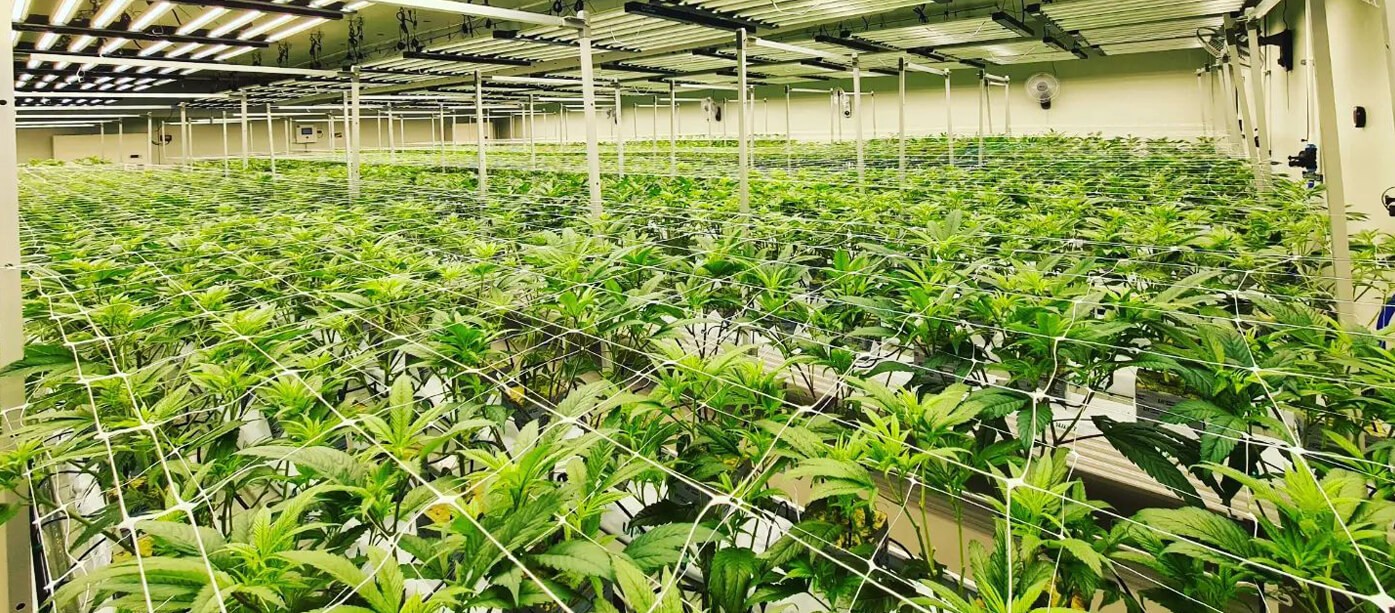Approximately 45 years ago, around 1970, cannabis cultivation began to adopt soilless cultivation techniques, coinciding precisely with the emergence of rock wool as a substrate. Throughout the history of soilless cannabis cultivation, scholars and cultivators have identified several factors that influence plant growth. When these elements are adeptly managed, the growth efficiency of cannabis can be substantially enhanced.
In the following sections, we will introduce ten key factors that affect cannabis growth. This section will explore two primary influences: nutrient solutions and light exposure.
1. Nutrient solutions
It's well-understood that plants require nutrients for growth. In soil-based cultivation, we often refer to these as fertilizers, whereas in soilless cultivation, they are more commonly termed nutrient solutions. Nutrients can broadly be categorized into macronutrients, secondary nutrients, and micronutrients.
Macronutrients, which include Nitrogen (N), Phosphorus (P), and Potassium (K), are essential for plant growth. They form the primary components of plant protoplasm, proteins, and nucleic acids. Additionally, these elements promote the development of the plant's stems and leaves, facilitate metabolic activities, and assist in synthesizing and transporting carbohydrates. Secondary nutrients such as Calcium (Ca), Magnesium (Mg), and Sulfur (S) play a crucial role in maintaining the integrity of the plant cell membranes. Micronutrients, including Iron (Fe), Copper (Cu), Manganese (Mn), and others, are required in minimal amounts but remain indispensable to plant growth. These trace elements regulate plant growth, fruit yield, and overall quality.
In cannabis cultivation, the recommended average concentrations for macronutrients are as follows: Nitrogen (N): 250ppm, Phosphorus (P): 80ppm, and Potassium (K): 300ppm. For secondary nutrients, the recommended average concentrations are Calcium (Ca): 200ppm, Magnesium (Mg): 75ppm, and Sulfur (S): 400ppm. The suggested average concentrations for micronutrients include Iron (Fe): 5ppm, Copper (Cu): 0.5ppm, Manganese (Mn): 2ppm, and Zinc (Zn): 0.5ppm.
However, cultivators should not view these values as the sole reference points. Each element’s “optimal concentrations” can vary based on the cannabis strain, growth stage, environmental conditions, and specific cultivation techniques.
In soilless cultivation of cannabis predominantly using rock wool substrates, the pH and EC of the nutrient solution are crucial factors influencing plant growth. The correct pH level of the nutrient solution and the appropriate EC value ensure that plants can readily absorb essential nutrients, promoting their health and vigorous growth.
Rock wool substrates do not leach nutrients. The internal pH of the rock wool will entirely synchronize with the pH of the nutrient solution. This means that cultivators can save significant time and labor on monitoring the pH within the rockwool substrate. Even in greenhouses using pH sensors, rock wool stands out for its excellent controllability, reducing the need for growers to adjust the nutrient solution's pH frequently. The level of EC is closely related to irrigation frequency. Given the excellent drainage properties of rock wool, newly introduced nutrient solutions can quickly replace those previously retained within the substrate. This allows growers to precisely control the internal EC value of the rockwool substrate by adjusting the irrigation frequency.
In the soilless cultivation of cannabis, the recommended pH range for the nutrient solution is between 5.5 to 6.5. The concentration of EC, on the other hand, often depends on the particular growth stage of the cannabis plant.
2. light exposure
Plants require light to provide energy, enabling them to undergo photosynthesis. During photosynthesis, plants utilize the energy from sunlight to transform water and carbon dioxide into glucose while releasing oxygen. The flowering and fruiting of certain plants are influenced by the light cycle. For instance, some plants need extended day-night cycles (long-day plants) to flower, whereas others require shorter day-night cycles (short-day plants, such as cannabis). Light also helps regulate the plant's internal clock, referred to as circadian rhythms. This clock indicates to the plant when to flower, bear fruit, or enter a dormant state. Furthermore, light affects the synthesis of pigments in plants. For example, plants exposed to sunlight tend to be green due to their high chlorophyll content, an essential pigment for photosynthesis.
In environments abundant with sunlight, cannabis plants tend to grow more rapidly and yield more. Sunlight promotes the swift growth of the cannabis plant's stems and leaves and the formation of flowers and fruits. THC, the primary psychoactive component in cannabis, sees increased concentration when the plant is stimulated by sunlight and ultraviolet rays. Furthermore, cannabis also produces other compounds such as CBD, terpenes, and flavonoids, the production of which is influenced by sunlight. The length of daylight determines the flowering phase of cannabis. As previously mentioned, cannabis is a "short-day plant," which means it starts flowering as daylight hours gradually decrease. Therefore, the correct light cycle plays a crucial role in the flowering stage of cannabis.
This section explains the principles of how nutrient solutions and lighting affect the growth of cannabis. Precisely controlling the nutrients absorbed by cannabis and the duration of light exposure can optimize the yield in a conducive environment. In the next chapter, we will discuss how temperature, humidity, and oxygen impact the growth of cannabis.
To know more about the factors, please subscribe to UPuper now! We will continue to update the other 8 factors.







